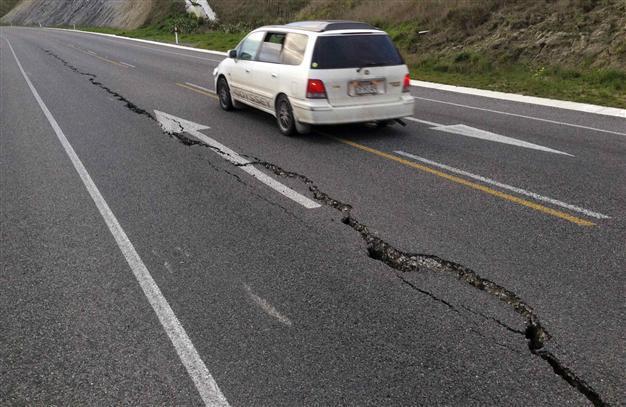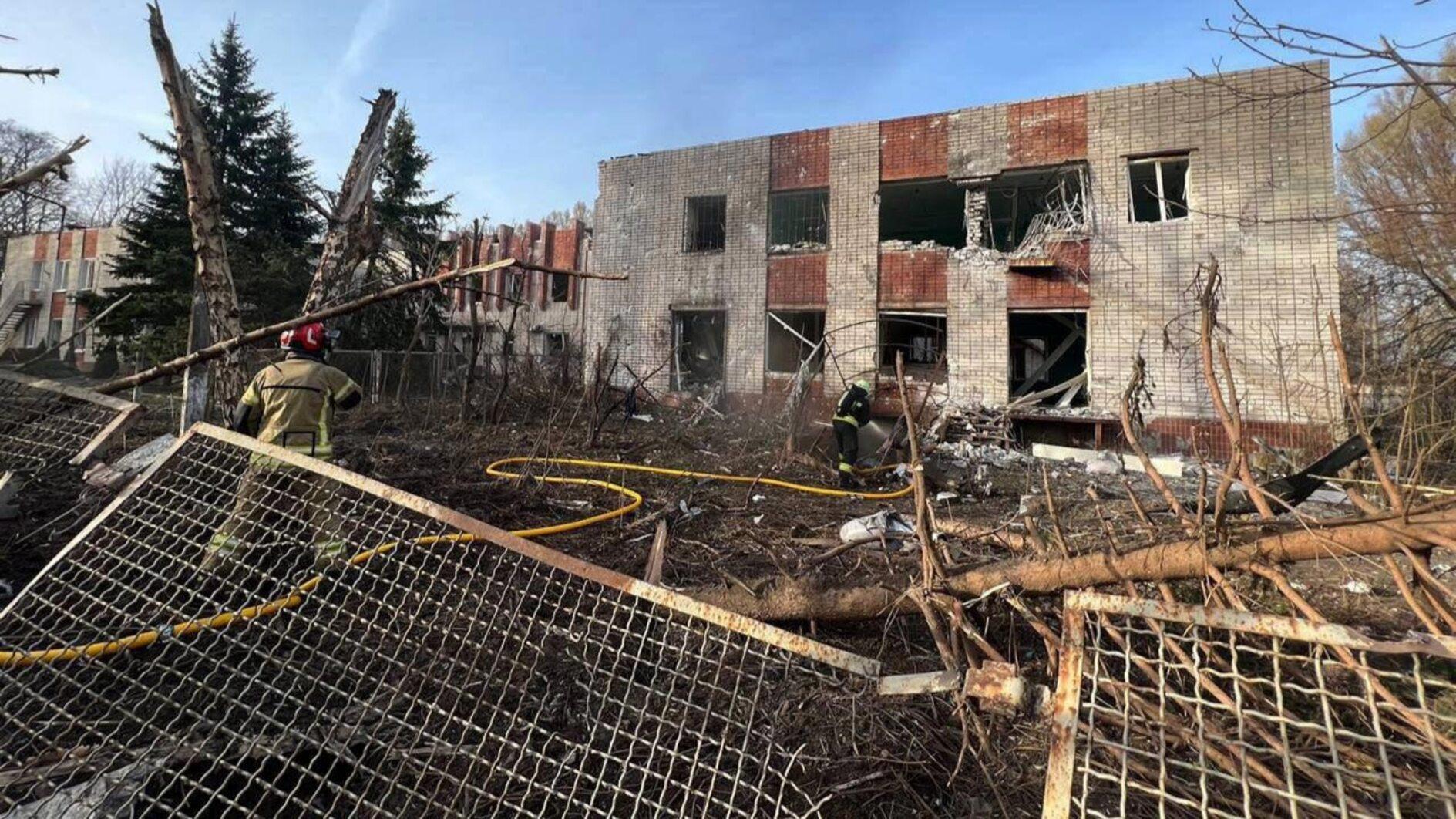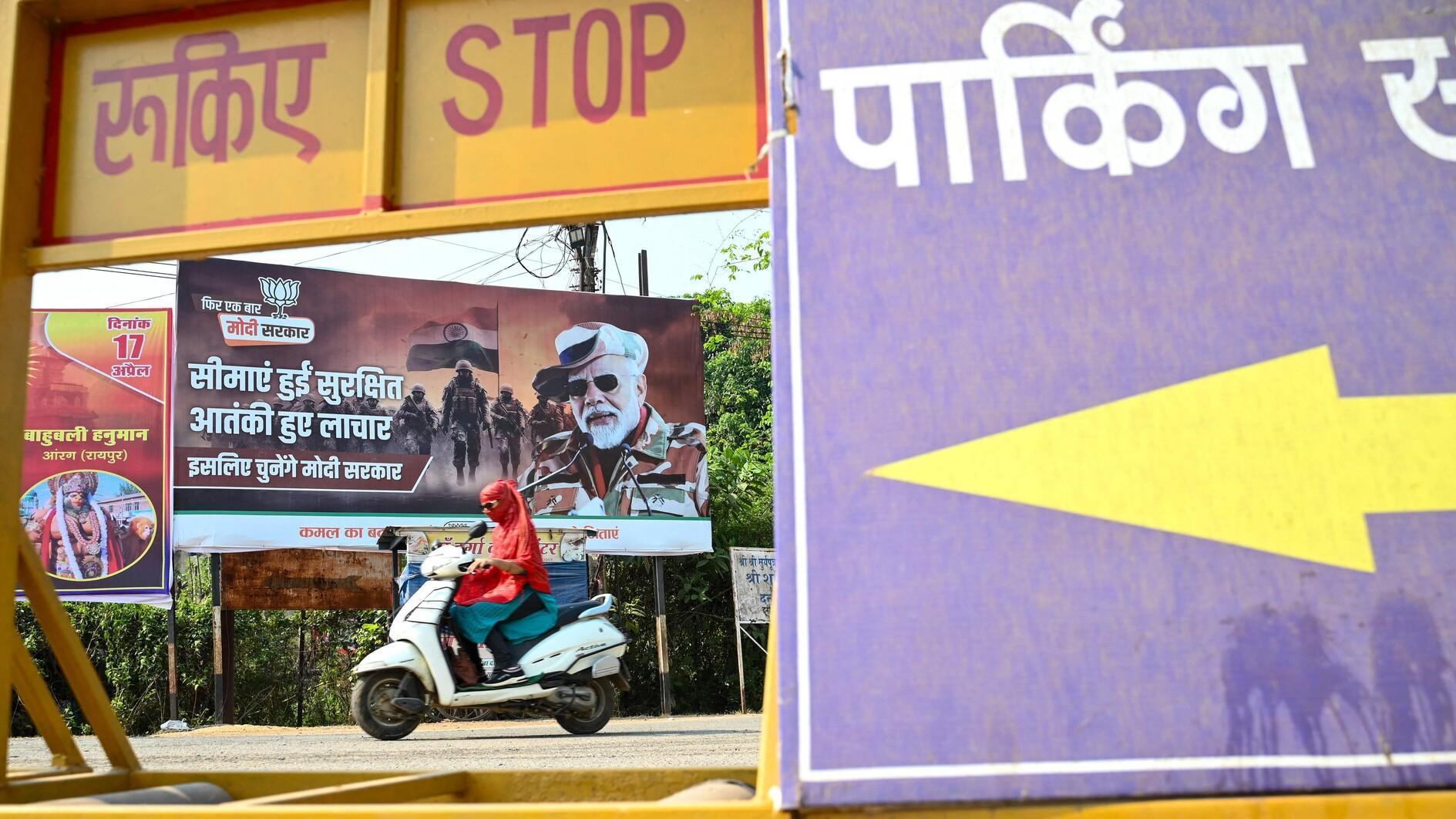Powerful quake jolts major New Zealand cities
WELLINGTON - Agence France-Presse

A car drives past a crack in a road after an earthquake on the outskirts of the town of Seddon in the Marlborough region, on New Zealand's South Island August 16, 2013. REUTERS photo
A powerful earthquake rattled major cities across New Zealand on Friday, sending terrified office workers fleeing as central Wellington shook "like jelly", but authorities reported no major damage.The 6.5-magnitude quake struck at 2:31 pm (0231 GMT) near an area where a series of quakes hit last month, the US Geological Survey said. It was felt from Christchurch in the South Island to Auckland in the North Island.
The USGS, which initially measured the quake at 6.8 magnitude, said it was centred five kilometres (three miles) east of the town of Seddon at a relatively shallow depth of 9.9 kilometres.
A cluster of major aftershocks measuring up to 5.9 followed but no tsunami alert was issued.
The tremors caused violent jolts in Wellington, where office workers dived under their desks for cover as buildings swayed and police had to rescue a number of people trapped in lifts.
"Lots of aftershocks. 'Beehive' wobbling around like a jelly, but all OK," Economic Development Minister Steven Joyce said on Twitter, referring to New Zealand's distinctive parliament building in the capital.
Local resident Juli Ryan tweeted: "That was pretty wild, I was sitting in my parked car watching buildings shake like leaves." Other witnesses said the powerful shaking felt like a jackhammer and left them struggling to stay on their feet.
"I feel a bit queasy, it was swaying so much. I waited about ten seconds and got under my table, then we decided to get out," Sam Stanley, who works in the New Zealand stock exchange building, told Fairfax Media.
Workers poured into the streets as aftershocks continued to rock high-rise blocks through the afternoon, with businesses telling staff to leave early and get out of the downtown area, causing gridlock in the capital.
Trains were also out of action due to potential danger from buckled rails, leaving masses of commuters struggling to get home.
There were power cuts to areas of the South Island, where a rockfall closed the major highway.
Police said there was some damage to buildings in the area, with pictures on news websites showing a farmhouse in the area shifted on its foundations with a collapsed chimney.
But authorities said while there were a few unspecified incidents involving broken glass, no major injuries or significant damage were reported anywhere in the country.
Another 6.5 tremor hit on July 21 and there have been hundreds of aftershocks since then, with residents fearing a repeat of a devastating quake that hit Christchurch in February 2011, killing 185 people.
"This area in particular is very active in the last couple of months. This is a continuation of that activity," a seismologist from Geoscience Australia told AFP.
Wellington lies near five seismic faultlines and was the scene of the country's most powerful earthquake in 1855.
That devastating 8.2-magnitude quake caused four deaths and changed the city's entire geography, pushing the shoreline out 200 metres (660 feet) as it thrust the harbour floor upwards.
Anna Kaiser, a seismologist with the official GNS monitoring service, said it was impossible to predict how long the latest burst of activity would last.
"Certainly we expect aftershocks following an event like this," she told TV3. "Unfortunately when we have something like this there's also an elevated chance of getting another earthquake of a similar magnitude." New Zealand is on the boundary of the Australian and Pacific tectonic plates, forming part of the so-called "Ring of Fire", and experiences up to 15,000 tremors a year.
















